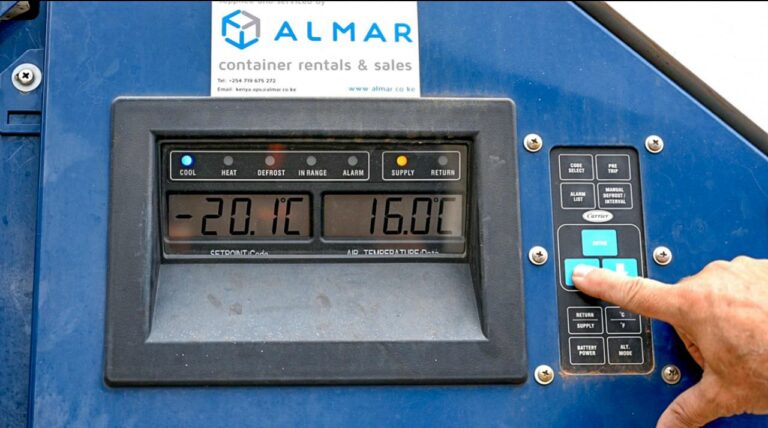Reefer containers are vital for transporting temperature-sensitive products like fresh produce, meat, dairy and pharmaceuticals. But even with the right equipment, poor packing techniques can compromise cargo quality and lead to profit losses.
To ensure your goods arrive in optimal condition, it’s essential to follow correct loading practices.
Here's a practical guide to help you get the most from your refrigerated container:

Reefer containers are designed to maintain a set temperature - not to cool warm cargo. If products are loaded while still warm, it can take longer to stabilise the internal environment, increasing the risk of spoilage.
Consistent airflow is critical for even temperature distribution inside the reefer. Blockages or poor stacking can result in uneven cooling and hot spots.

Need help choosing or loading the right reefer container? Contact our team for expert support and dependable cold storage solutions.



